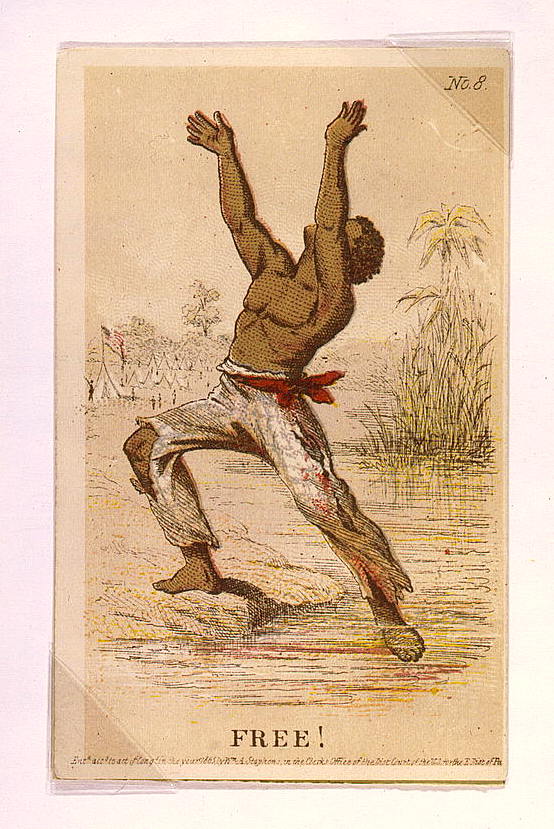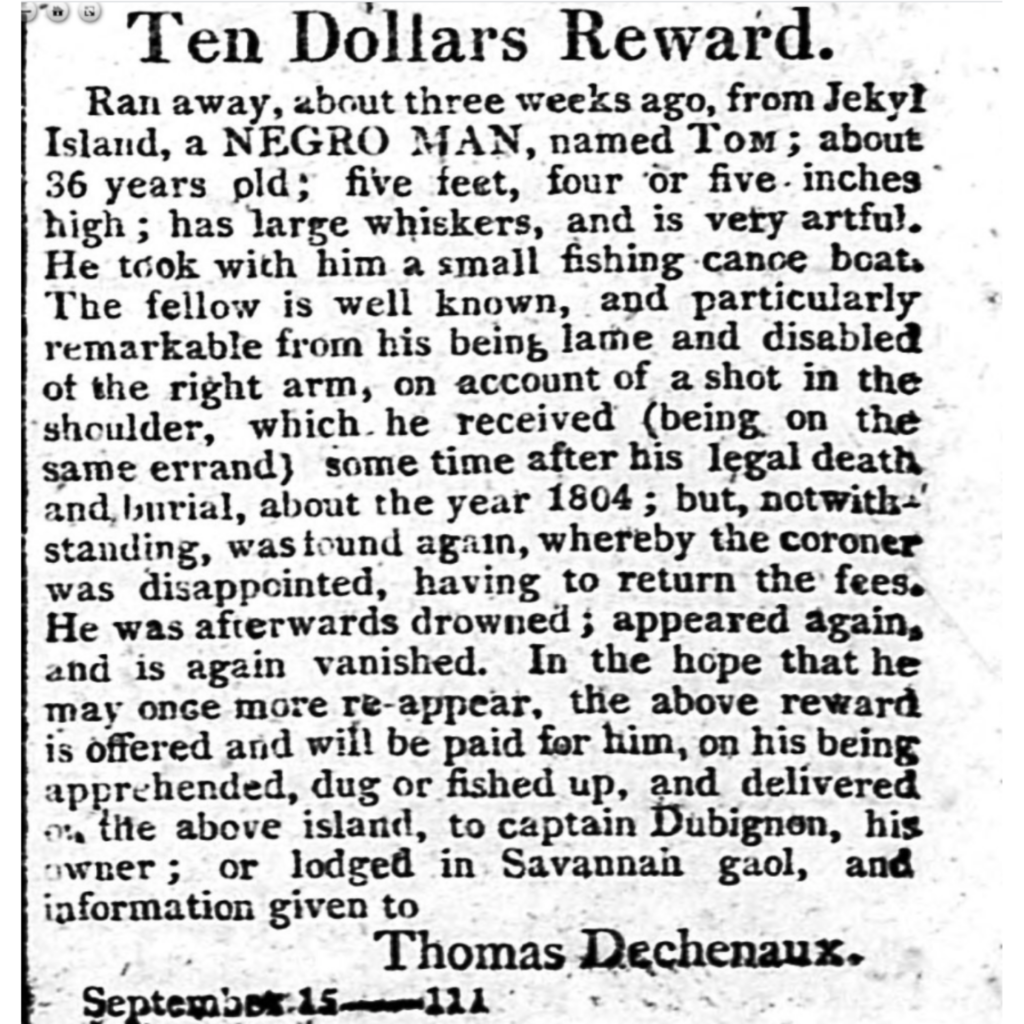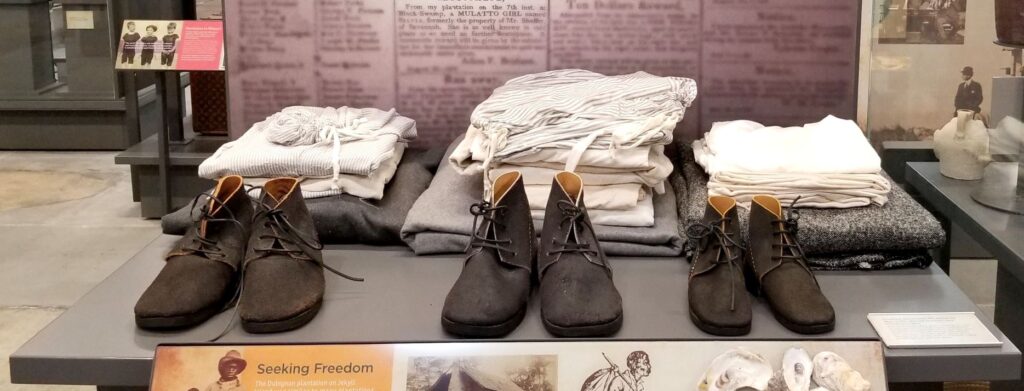By Morgan Cantrell, JIA Museum Operations Assistant and Andrea Marroquin, Museum Curator
The Jekyll Island Authority’s museum staff employs considerable resources on researching the untold and unknown stories of Jekyll Island’s African American community. Records indicate that former enslaved men and women on Jekyll Island did not resign themselves to a life of servitude. Their unwavering efforts to escape captivity are clearly documented in newspaper advertisements. Such ads listed thorough descriptions of the individual in hopes of a hasty capture. When reading these types of ads in present day context, they reveal stories of those who risked their lives to resist slavery and pursue freedom. These narratives provide clearer insight and understanding of some of the millions of men, women, and children who suffered in bondage, including those who were enslaved on Jekyll Island.
For instance, the stories of Alexis and Tom. On July 12, 1808, the Columbian Museum & Savannah Advertiser published an advertisement requesting the capture and return of a man named Alexis “belonging to M. Dubignon, of Jekyl Island.” The ad described his physical appearance as “a short, stout fellow, pock pitted, and about 45 years old,” noting that he “[spoke] French and English.” Another on September 15, 1810, The Republican and Savannah Evening Ledger published a listing on behalf of “captain Dubignon” requesting the apprehension of a man named Tom who was “about 36 years old; five feet, four or five inches high; has large whiskers, and is very artful.” Both advertisements mentioned the men’s height and recognizable facial features, to aide in identification. The ad details suggest that the men possibly possessed a wider range of talent and skill that would have aided their quest for freedom.
This belief is further supported by the fact that both men attempted to flee bondage on multiple occasions. The Columbian stated that Alexis was “so constantly advertised in [the] paper that any description of him would [have been] useless.” Further, during this specific attempt at freedom, Alexis fled “from on board sloop Anubis … with a very heavy pair of irons, and the rings of a former pair” around his wrists. According to The Republican, Tom was presumed dead in 1804 after having been “shot in the shoulder” while fleeing captivity. He was later found to be alive and was returned to his enslaver on Jekyll Island. On another occasion, Tom sought freedom a second time, leaving many to believe that he drowned. He “appeared again” but did not remain in captivity long and vanished for a third time in 1810. Alexis and Tom’s tenacity showed their harrowing efforts to escape slavery on Jekyll Island and be liberated.
Are your ancestors connected to the enslaved people of Jekyll Island? If so, please share your story by contacting Andrea Marroquin.
To learn more about slavery advertisements like these, visit Freedom on the Move, an online database that compiles the narratives of self-liberating people. To learn more about the African American experience on Jekyll Island, click HERE or visit Mosaic, Jekyll Island Museum.




